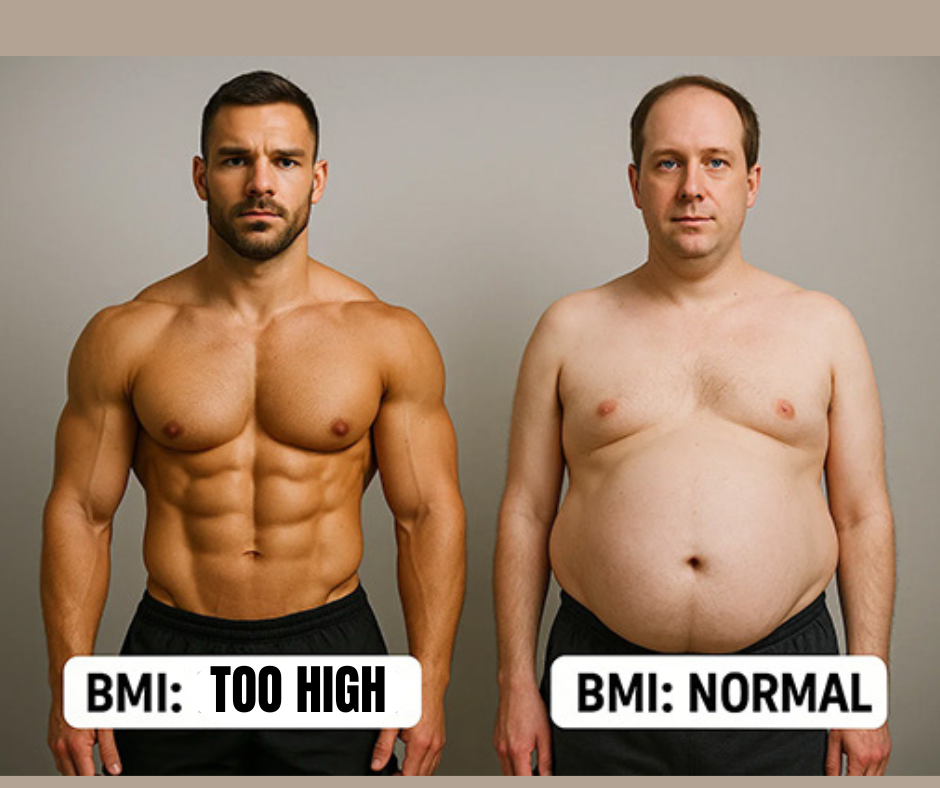by Dr.Harald Wiesendanger– Klartext
What the mainstream media is hiding
Being overweight is considered a risk factor for heart attacks, diabetes, cancer, and premature death. However, the commonly used body mass index (BMI) – “weight divided by height” – is overrated. A new US study shows that body fat percentage (BFP) is a much more accurate predictor of mortality risk.

Data from 4,252 adults aged 20 to 49 were analyzed over a period of 15 years. The results showed that men with more than 27% body fat and women with more than 44% had a 78% higher risk of death; the risk of death from cardiovascular disease in particular almost quadrupled.
BMI, on the other hand, can be misleading:
A muscular person appears “overweight,” while a lanky person with highly fatty internal organs appears “healthy.” What they carry around in their abdomen is extremely dangerous: visceral fat promotes inflammation – including in the brain – disrupts hormone balance, increases blood sugar, and produces cortisol-like substances that lead to chronic stress.
Our tip: Have your BFA measured! Many doctors, nutritionists, alternative practitioners, pharmacies, and health food stores offer BIA (bioelectrical impedance analysis) measurements, usually for €10 to €30, sometimes free of charge, as do gyms. How does BIA work? It measures the electrical resistance (impedance) that the body opposes to a weak, harmless current – usually 50 kHz.
The trick here is that fatty tissue contains little water and is therefore a poor conductor of electricity, whereas muscles and body fluids are good conductors. Depending on the resistance, it is possible to calculate how much of each is present in the body.
If you want to check regularly, get a device for home use. Among 17 body fat scales, Stiftung Warentest found five good ones that are available for as little as $30 to $35: ADE ‘Ines’ (BA2300-1) and Beurer BF 500 Black Edition (with app). In product comparisons by Chip, FAZ, and Bild, KFA scales from Withings came out on top: Their “Body Smart” is available from €90.
In addition to weight, the devices display body fat, water content, muscle, and bone mass – usually quickly, easily, and quite accurately, with a measurement error range of just 3 to 4%. More expensive scales offer extras such as additional contacts for the hands, which are supposed to make the measurement more accurate, as well as functions such as resting heart rate and ECG, but they are not necessarily better.
To the study here »
“Association Between Body Fat Percentage and All-Cause Mortality in a Large Cohort of Primary Care Patients in the United States”, https://www.annfammed.org/content/23/4/337,
“Forget BMI: Study finds body fat percentage is better predictor of early death”, https://studyfinds.org/forget-bmi-body-fat-predicts-early-death/
See also > More doesn’t bring more!
